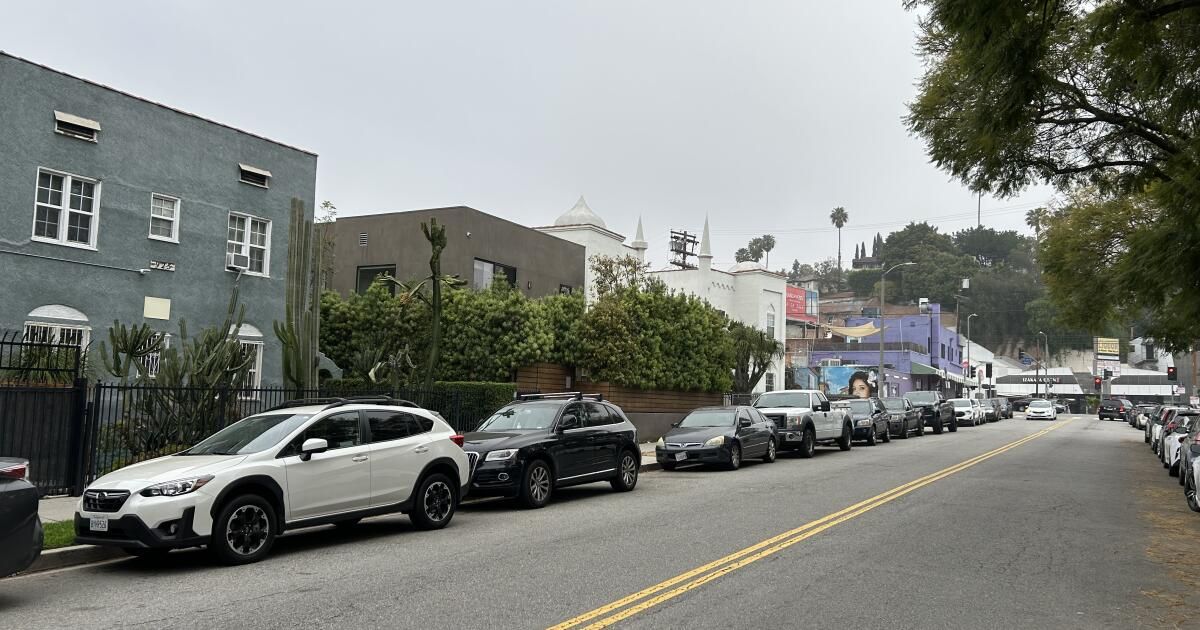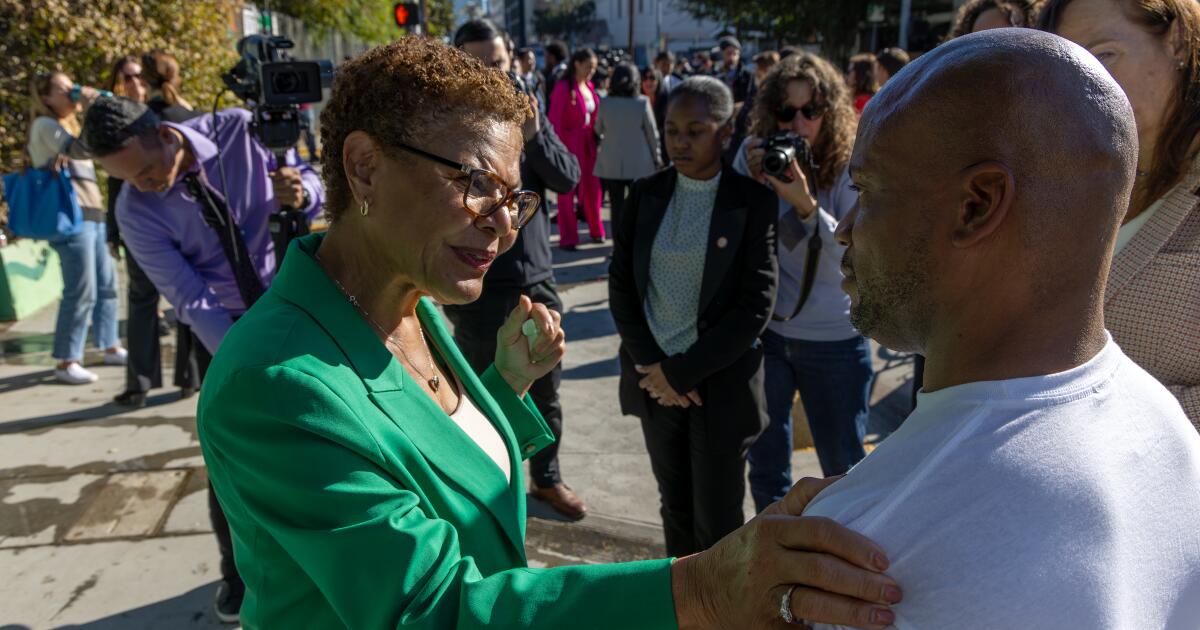The Los Angeles Planning Commission on Thursday will make one of its most important decisions in years.
Will Los Angeles make room for more affordable housing in affluent single-family neighborhoods near public transportation, good schools, jobs and other amenities? Or will the city continue its historic patterns of segregation that have concentrated affordable housing in low-income and less-resourced communities?
We believe the answer should be obvious and hope that the commission members appointed by Mayor Karen Bass will agree and support a proposal that would allow apartments and townhomes to be built on single-family properties near public transportation stops and major streets in affluent areas, such as Ventura Boulevard and Wilshire Boulevard.
The vote is crucial. The commission's recommendation will be sent to the City Council, which must approve it and make the new rules take effect in February. State law requires Los Angeles to plan for 455,000 new housing units, nearly 185,000 of which will be for low-income residents, and to address housing inequality and segregation. In 2021, city leaders adopted an ambitious plan pledging to make room for more affordable housing in Los Angeles. High opportunity communities like Encino, parts of Hollywood, and the Westside, which have plenty of jobs, good schools, transit stops, parks, and other amenities.
But after city Planning Department staff began developing programs to carry out the plan, they were inundated with opposition from homeowner groups and others, and they were directed by the City Council Removing single-family properties from the list for new multi-family housing, which would make it harder for the city to meet its equity goals.
Over the summer, affordable housing advocates pushed the Planning Department to reconsider its stance. The staff report now offers commissioners several options for allowing multifamily development on some properties zoned for single families in specific areas where higher density makes sense (that are walkable to public transportation and so-called Opportunity Corridors, which include main streets in affluent neighborhoods like Westwood, Sherman Oaks and the Mid-Wilshire area).
For example, one option calls for allowing two- to three-story buildings on single-family lots to transition between single-family homes and four- or five-story apartment complexes on busy corridors.
“This is really designed to build the kinds of things we were building in the early 20th century,” such as four-plexes, small apartment buildings and bungalows, said Scott Epstein, director of policy and research for Abundant Housing LA. “This is the multifamily housing that Angelenos love so much.”
The commission will no doubt hear from property owners and residents groups that want to exclude all single-family properties from affordable housing incentive programs. They will likely argue that there is room to build on land already zoned for apartments and in commercial corridors.
But 76% of the land in affluent neighborhoods It is zoned for single-family homes. Los Angeles cannot promote fair housing and encourage affordable, mixed-income housing in high-income areas if much of the land is off-limits to apartments and townhouses.
Otherwise, developers will continue to build on land already zoned for multifamily units, displacing current tenants by demolishing small, often rent-controlled apartments to build larger complexes.
It's easy to get lost in the details when talking about zoning ordinances and housing policies. The staff report to the commission is 2,000 pages long and filled with acronyms, sections of government code, charts and indecipherable maps. But we hope the commissioners can cut through the details and get to the heart of the matter. Los Angeles cannot become an affordable, livable city by protecting single-family zoning.












